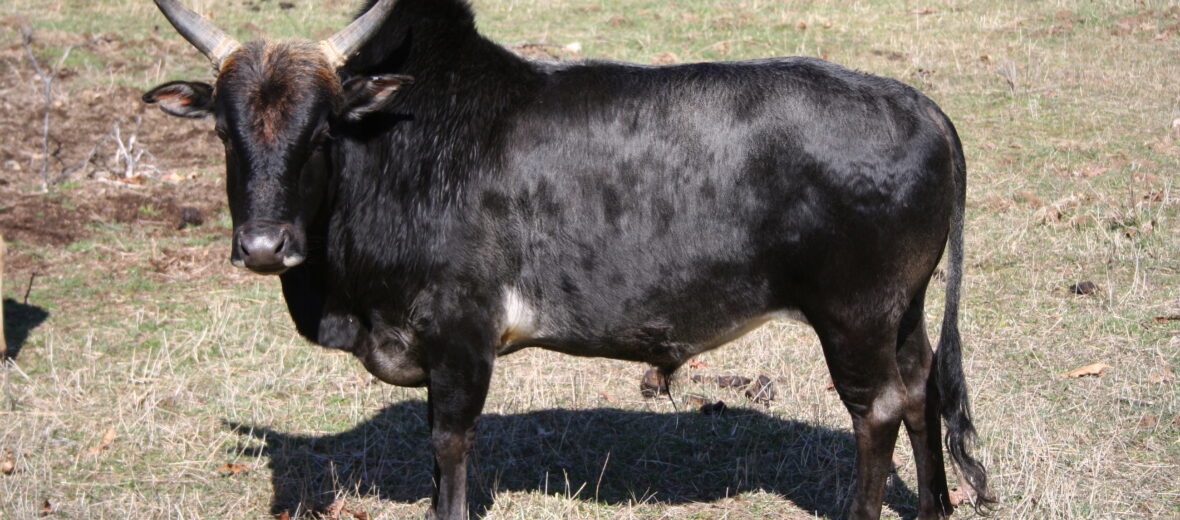
The zebu is one of the oldest known species of cattle in the world. They are the only known cattle species that inhabits rainforests. There are 75 recognized species of zebu in the world. Zebus come from southeast Asia. However, they have been successfully introduced to Africa and South America. Domesticated zebus number in the millions. Wild zebus are at risk of habitat loss, due to deforestation. But they aren’t listed with the IUCN. This article is on special request from Shawn.
First the Stats…
Scientific name: Bos taurus indicus
Weight: Up to 440 lbs.
Length: Up to 42 inches
Lifespan: Up to 16+ years
Now on to the Facts!
1.) The zebu cattle have a very high tolerance for high temperatures and humidity.
2.) They may seem like a lumbering beast, but these cattle can reach speeds of up to 25 mph.
3.) Males and females have horns.
4.) Zebus graze on grass, flowers, seeds, and leaves. This makes them a strict herbivore (eat plants).
5.) Bears, large cats, and humans prey on zebus.
But wait, there’s more on the zebu!
6.) Being a ruminant, they have a 4-chambered stomach and chew their cud to aid in digestion.
7.) Females birth a single calf after an approximate 10 month gestation (pregnancy).
Did you know…?
Their hump serves the same purpose as a camel’s, in that it stores fat reserves for lean times; when food isn’t plentiful.
8.) Male calves tend to gestate for less time than females.
9.) Zebus are highly resistant to viruses and parasites, which makes them good cattle for domestication.
10.) They breed all year long. There isn’t really a season in which they breed more than another.
But wait, there’s more on the zebu!
11.) When crossbred with other cattle species, the offspring lose their trademark hump.
12.) These critters have been bred with yaks, gaurs, and bantengs to achieve different results.
13.) The first reports of a zebu was from around 3,000 BC.
14.) Zebus tend to be social animals that live in herds.
15.) The zebu has been the inspiration of artists for thousands of years. They have been on architecture, coins, and even statues.
Now a Short Zebu Video!
Also, check out the Critter Science YouTube channel. Videos added frequently!
Want to suggest a critter for me to write about? Let me know here.



